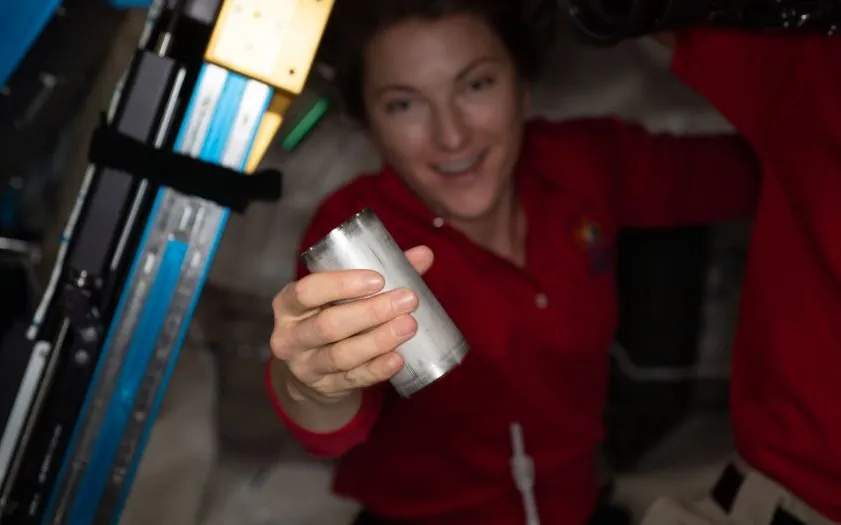NASA Turns Astronaut Urine and Sweat Into Potable Water on the ISS
NASA has accomplished a significant technological feat that could have significant implications for future missions to the Moon and beyond. According to a report by Space.com, the space agency has announced that the Environmental Control and Life Support System (ECLSS) on the International Space Station is now capable of recycling 98% of all water brought on board by astronauts. The ECLSS functions similarly to the Stillsuits depicted in Frank Herbert’s Dune, with one component using advanced dehumidifiers to capture moisture from the crew’s breath and sweat during their daily activities.
Another subsystem, imaginatively named the “Urine Processor Assembly,” captures what the astronauts pee using vacuum distillation. According to NASA, the distillation process produces water and urine brine, which still contains regenerated H20. The agency recently began testing a new device capable of separating water from brine, and thanks to this system, NASA saw a 98 percent water recovery rate on the ISS, where previously the station recycled about 93 to 94 percent of the water. brought aboard by water astronauts.
“This is a very important step forward in the development of life support systems,” said NASA’s Christopher Brown, who is part of the International Space Station’s life support system. “Let’s say you collect 100 kilograms of water at the station. You lose two kilograms of it and the other 98 percent just goes around. To keep it going is a pretty amazing feat.”
If the thought of someone else drinking their urine makes you cringe, don’t worry. “The processing is basically similar to some terrestrial water distribution systems, just in microgravity,” said Jill Williamson, director of NASA’s ECLSS water subsystem. “The crew doesn’t drink urine; they drink water that has been collected, filtered and purified to be cleaner than what we drink here on Earth.”
According to Williamson, systems like ECLSS will be critical as NASA conducts more missions beyond Earth orbit. “The less water and oxygen we have to carry, the more science can be added to the launch vehicle,” Williamson said. “Reliable, durable Regenerative systems mean the crew doesn’t have to worry about it and they can focus on the real purpose of their mission.”




